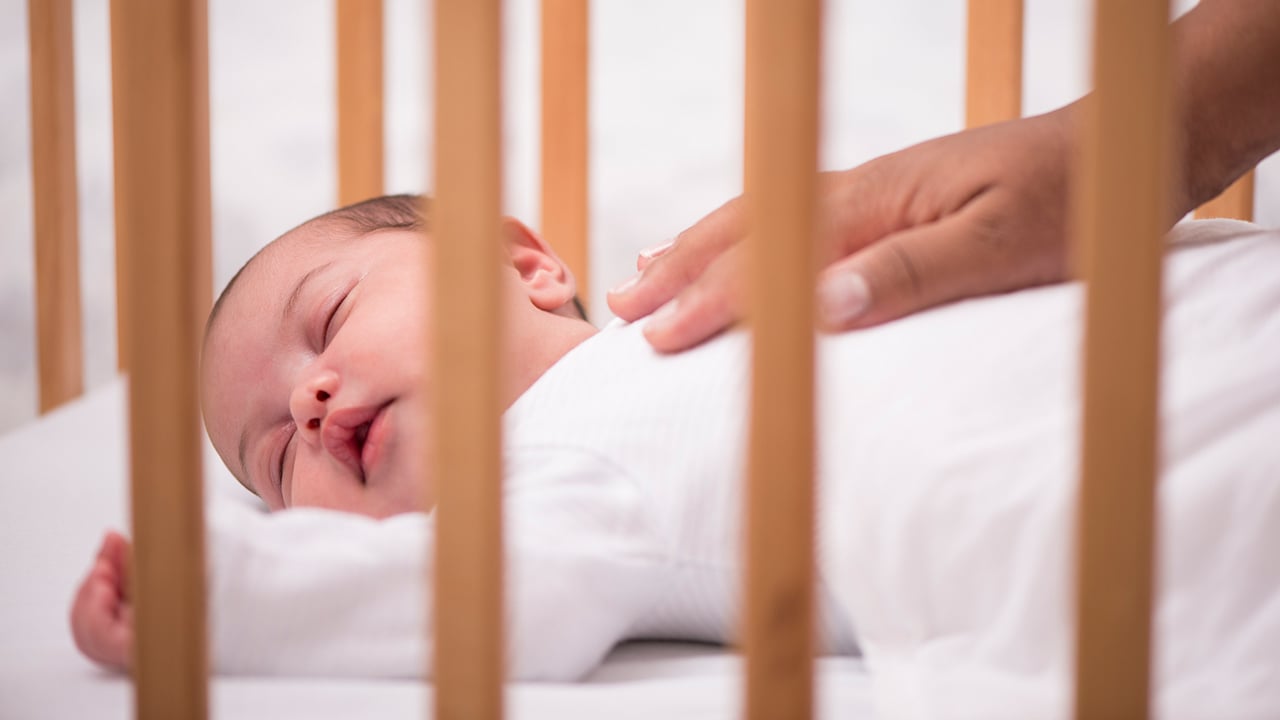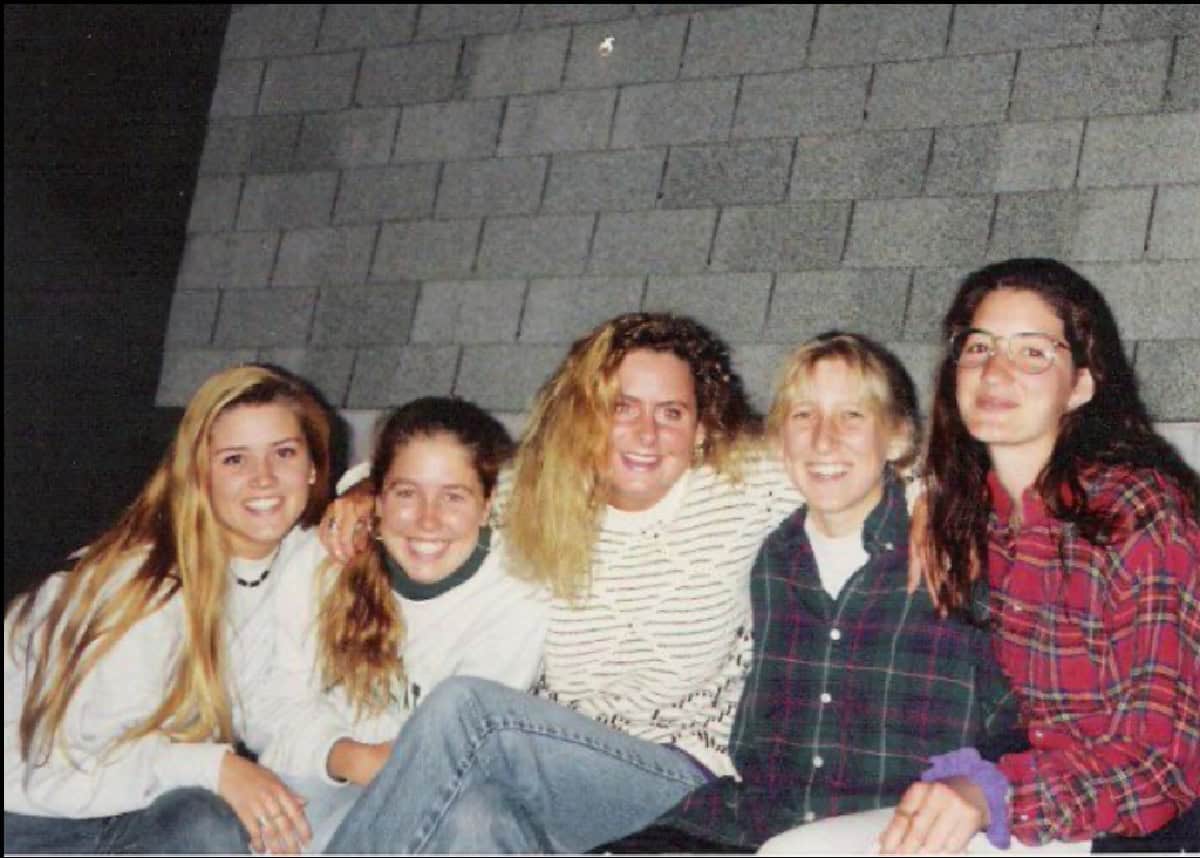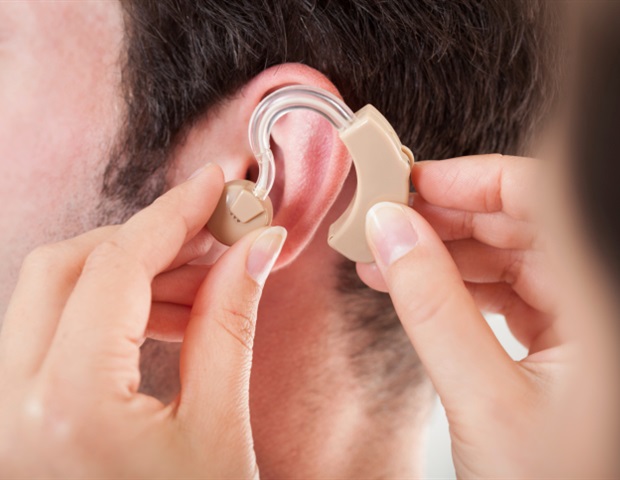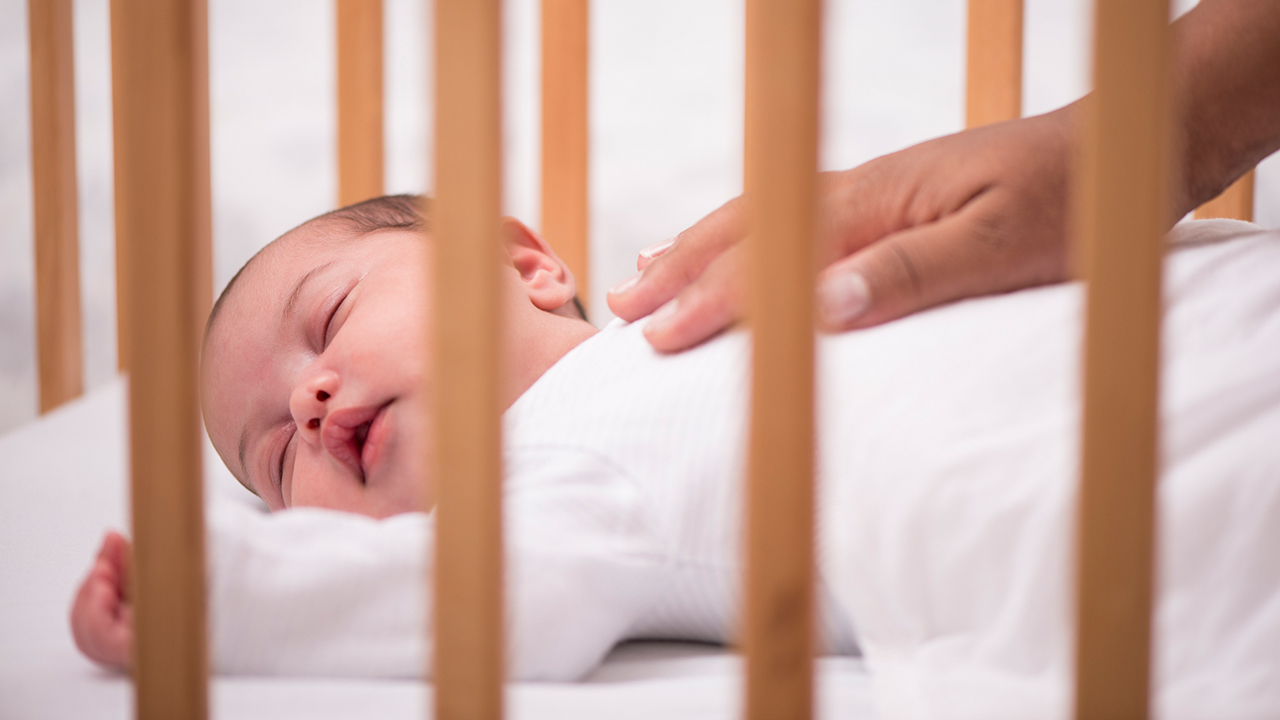
At five weeks old, our daughter stopped breastfeeding to sleep. Her eyes would drift closed as she lay in my arms, her mouth going still, and I would gently unlatch her and lift her to my shoulder to burp her. Sometimes she would nestle asleep on my shoulder for five minutes, or sometimes only a few seconds, but soon enough her eyes would fly open and she would bounce up, wide awake and ready to play.
Each time this happened, my heart sank. She was clearly exhausted; why couldn’t she stay asleep?
The time she fell finally asleep was dragging out later and later each night. She had often fallen asleep between 10 pm and midnight—as much as I craved an earlier bedtime, I couldn’t figure out how to change that—but now it was stretching into the wee hours. As midnight came and went, I changed from counting down the hours until she slept to wondering if this would be my life from now on. I was exhausted and miserable, and each evening from 5 pm until whenever she fell asleep felt like a marathon of cluster-feeding and fussiness and sore nipples.
One night, she simply refused to fall asleep at all. Again and again she woke right after I finished feeding her; that magical time when she finally stayed asleep never came. It wasn’t until 5:30 the next morning that she finally drifted off. Along the way, I tried rocking her to sleep and walking around with her in a front pack, but after spending thirty minutes getting her eyes to drift closed, she woke the second I put her in bed. Every single time. She wasn’t even fussy, just wide awake and craving attention.
When I mentioned this to my midwife, desperate for tips on helping her sleep, she just said, “Babies do that sometimes.”
Was I was supposed to accept that my baby would occasionally stay up for 12 hours straight? That didn’t seem like a good idea, either for me or my poor sleep-deprived baby.
I gave up on feeding her to sleep and switched to rocking her, though this often involved lots of crying. I also instated an elaborate bedtime routine involving a final feed, a story, a bath, and culminating in rocking her to sleep and I managed—over the course of several weeks—to move her bedtime forward to 9:30 pm. For the first time, I could count on her falling asleep at a reasonable time. I thought we had it figured out.
Then, when she was two months old, everything changed again.
I followed her bedtime routine as usual, but this time she woke up thirty minutes later, crying inconsolably. Against my better judgment, I resorted to feeding her to calm her down, but it didn’t work. The crying continued as soon as the feeding stopped, and she refused to fall asleep until 2:30 am.
The next night, the same thing happened again. This time I handed her to my husband, who rocked her as she wailed for two hours before finally falling asleep. Naps were falling apart by this point as well. She cried nonstop as I rocked her to sleep each time, and would often wake five or ten minutes after I put her down.
I knew about sleep training and was fully prepared to try the “cry it out” method—surely it couldn’t be any worse than the crying I was currently putting up with while rocking her to sleep—but all proponents of the method agreed it was inappropriate for babies under four months of age.
In the meantime, I had to find another solution.
Some of the most common pieces of advice had already failed us. The bedtime routine was no longer working, she hated pacifiers, playing white noise while I rocked her made her crying only slightly less frantic, putting her in the car and driving made her scream so loudly she choked on her own saliva, and trying to soothe her in her crib accomplished nothing.
It was obvious she needed to learn how to fall asleep on her own, with no crutches, or she would never sleep soundly again.
The problem was, for this transitional period between two and four months, when crying it out would be OK, I could find no concrete advice. The most common suggestions were a variation on the same maddeningly vague ideas:
- Give your baby a chance to fall asleep on their own
- Put your baby to bed drowsy but awake
Hypothetically these sound reasonable, but in practice they just don’t work. How is your baby going to fall asleep on their own if they cry when you put them in bed awake, but you’re not supposed to leave them to cry at this age? And I know I’m not the only one whose baby went from “drowsy but awake” to “100% awake” the second she was transferred to her own bed.
Finally, I stumbled across a couple of throwaway lines in a hospital website article that described something I hadn’t seen before. It was a combination of the “shush-pat” and “pick up/put down” methods, neither of which had worked in isolation, and it was adjusted to suit babies from two months of age. The article promised, “Each night will be a little easier, and fairly soon you will be able to put your baby down, say goodnight, and leave the room.” That promise hovered before me like a mirage—alluring yet hard to believe.
The method worked as follows:
- Rock your baby until they are quiet before putting them in bed.
- Put them in their crib. If they start crying, immediately soothe them in bed just until calm (the article didn’t specify how, so I tried various combinations of patting, rubbing, shushing, white noise, and simply putting a hand on her stomach or head).
- If this doesn’t work after 20 to 30 seconds, pick them up and rock them until they are quiet again before putting them down.
- Repeat until the baby finally falls asleep on their own.
The important parts, for me, were that it was easy to remember, it didn’t involve leaving my daughter to cry for any interval, and it would require her to go from fully awake to fully asleep in her crib with no crutches or parental presence.
Since it had taken hours to rock a screaming baby to sleep the past two nights, my benchmark for success was very low. If she fell asleep before 2:30 am without crying inconsolably the whole time, I would consider it an improvement.
The first night unfolded as I had predicted. Putting my baby in bed awake immediately led to crying, and soothing her in bed did nothing. But because I picked her up just 20 to 30 seconds after she started fussing, she never got to the point of a full meltdown, so she quieted as soon as she was in my arms. As the night went on, she got drowsier and drowsier, until she finally fell asleep in bed, on her own, at 11 pm.
Success!
The next two nights were a bit harder. She fell asleep more quickly on her own, only to wake ten minutes later and start fussing again (more than once), which dragged the whole process out. Somewhere along the way, I discovered that leaning over and laying my head on her chest soothed her better than just patting her, which meant less picking her up and more comforting her in bed. It took two hours for her to properly fall asleep both nights, but I could tell she was getting more accustomed to drifting off without help. We were making progress, and she was asleep before midnight each time.
Then something clicked.
The very next night, she fell asleep on her own within ten minutes. I never even had to pick her up; just a few seconds of laying my cheek on her chest was enough to calm her, and after that she was quiet.
I couldn’t believe it. That promise—“fairly soon you will be able to put your baby down, say goodnight, and leave the room”—had run through my head each of those previous three nights, a light on the horizon that drew me forward while never getting any closer. And yet here I was. It seemed too good to be true.
It wasn’t a straight path to perfect sleep from there (naps took a while longer to nail down, for example), but from that point on, it never took more than ten minutes to settle her at night using this method. And by three months old, she was falling asleep on her own with no fussing and no soothing at least twice a day, usually at bedtime and for her first nap.
Now, at seven months old, our daughter is the only baby of several dozen I know who doesn’t rely on any sleep crutches and can easily fall asleep on her own 100 percent of the time. We tolerate some crying at this point, because going into her room to soothe her only makes things worse, but that only happens when she’s overtired.
Looking back, I’m grateful she started refusing sleep crutches at such a young age. If not for those endless nights where I thought my baby would never sleep again, I might not have put up with the hours of gentle sleep training it took before she learned to drift off on her own.
In the end, three long nights of patting, rubbing, shushing and soothing were more than a fair price to pay for the months of perfect sleep that followed.
The post I sleep-trained my two-month-old with no tears—here’s what worked appeared first on Today’s Parent.

 PARENTING TIPS
PARENTING TIPS







 PREGNANCY
PREGNANCY








 BABY CARE
BABY CARE








 TODDLERS
TODDLERS








 TEENS
TEENS








 HEALTH CARE
HEALTH CARE








 ACTIVITIES & CRAFTS
ACTIVITIES & CRAFTS








 CONTACT
CONTACT ABOUT
ABOUT


